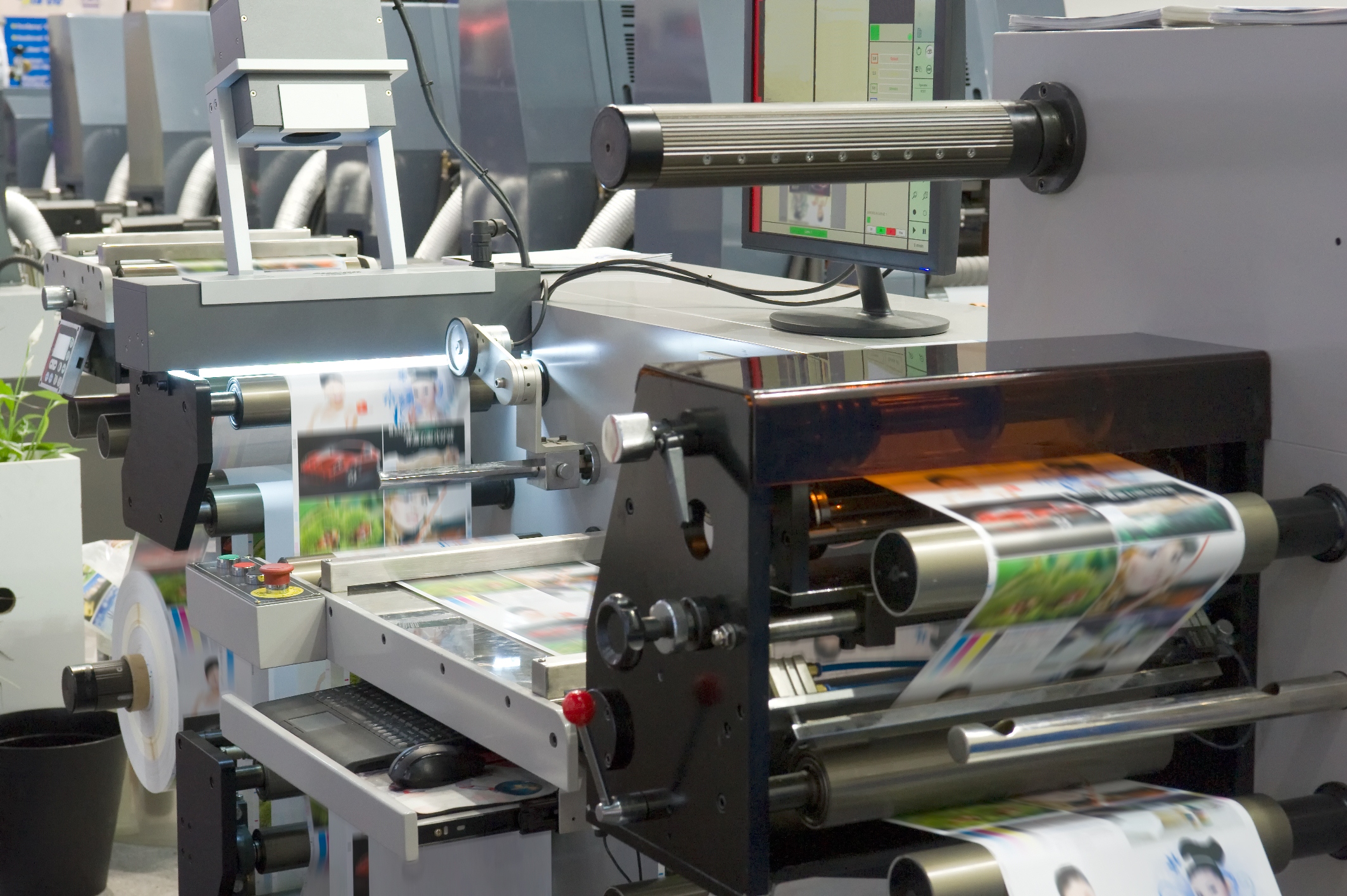By Mahmoud Maher – Cairo
The printing press known as ‘Propaganda’ was the first of its kind in the Arab World, brought in by Napoleon Bonaparte during the 1798 French campaign in Egypt. However, its stay was short-lived as the troops took the press back when they left Egypt in 1801. Around twenty years later, Mohamed Ali Pasha established the Al Amiriya Press or ‘Boulaq Press’, as it was first known. It was the first government printing press to be established in Egypt and the Arab countries.
The printing press was introduced into the Arab region considerably later than its debut in other parts of the world as cited in the Syrian writer Wagih Beydoun, Bein Al Sanadiq (Between Boxes), in which he says: “Unfortunately, the Arab Near East has come to printing very late – around two centuries after its general appearance.”
Al Amiriya Press leads cultural renaissance
Al Amiriya Press played an important role in cultural renaissance, making a great intellectual leap throughout the nineteenth century. The Boulaq Press was part of a highly significant project, in which Mohamed Ali Pasha planned to make dramatic changes in the Egyptian State in order to compete against the major world powers of the time.
The urgent need for establishing a government press was highlighted when Mohamed Ali Pasha planned the establishment of a strong Egyptian army based on the most comprehensive and contemporary strategies. He established the Boulaq Press so that essential instructions, educational literature and military material could formalise plans and techniques, and specify the rules and regulations that defined a soldier’s duties and rights.
In 1815, Mohamed Ali Pasha initiated the process of bringing the art of printing to Egypt by sending the first official delegation, headed by Nicole El Masabki, to Milan in Italy, to study the principles of printing. After returning to Egypt, the same delegation was able to establish the first official press in Egypt.
First Publication by the Boulaq Press
The Al Amiriya Press dates back nearly 200 years, during Mohamed Ali Pasha’s era and was officially inaugurated in 1821. At the beginning, production was confined to military books and publications for the army. It then developed to cover general literature as well as scientific and academic books.
The first publication was an Italian–Arabic Dictionary’, illustrating Mohamed Ali Pasha’s belief in the need for openness towards Europe and cultural exchange among different countries. The press then published several important books from a variety of fields and disciplines, which helped in the development of education in Egypt. In literature, for example, the press published Calileh va Demneh (Kalila Wa Demna), which was written by Indian scholar Vishnu Sharma and translated into Arabic by Persian scholar Abdullah Ibn al-Muqaffa, Ṣubḥ Al Aʻshá (Dawn for the blind) in the Craft of Composition, which was compiled by medieval Egyptian scholar Ahmad Al Qalqashandi, Alf Layla Wa-Layla (One Thousand and One Nights), and many more.
In history, the press published AlTawfiqat Al-Ilahamiya (Inspirational Correspondence) compiled by Mohamed Mukhtar Pasha, Badā’i‘ Al-Zuhūr Fī Waqā’i‘ Al Duhūr, which was written by Muḥammad Ibn Aḥmad Ibn Iyas, and the Muqaddimah of Ibn Khaldun or Ibn Khaldun’s Prolegomena. In religion, the press published Al-Futohat Al-Wahbiya B’Sharh Al-Arba’in Al-Nawawiya, which was compiled by Sheikh Ibrahim bin Marei al-Maliki, and Al-Durr Al-Manthur Fi Tafsir Bil-Ma’thur, an exegesis or commentary of the Holy Qur’an, written by the prominent Imam Jalal al-Din al-Suyuti. The press published around 50 books during 1822-1830, increasing to 300 books in 1850 covering all genres and disciplines.
The press continued to work under the supervision of the Egyptian State until 1862. From 1862-1880, several officials supervised the press, including the Khedive Said Pasha, who presented it as a gift to Abdul Rahman Rushdie, who in return sold it to the Khedive Ismail Pasha, before it eventually passed to the Egyptian State in 1880 under the Khedive Tawfiq. In 1956, President Gamal Abdel Nasser established the Ministry of Industry and issued a presidential decree founding the General Authority for the Al Amiriya Press Affairs to be affiliated to the ministry. It was agreed to build a new headquarters for the press in Imbaba, Giza, over an area of 35,000 square meters, prompting the ministry to buy new equipment to ensure the press kept pace with the development of the global printing and publishing industry.
Al Waqa’i`a Al Masriya chronicles the History of the Arab Press
The Egyptian Al Waqa’i`a Al Masriya (Egyptian Affairs) is one of the oldest Egyptian newspapers. The first issue was released in 1828, eight years after the establishment of the Amiriya Press. Sheikh Muḥammad Abduh was the first chief editor of the newspaper with the help of leader Saad Zaghloul, who studied journalism under the supervision of Abduh, until he became a great writer and a leading politician.
At the very beginning, Al Waqa’i`a Al Masriya published articles, news and translated laws written in both Ottoman Turkish and Arabic. It was then confined to the publication of laws, official information and presidential decrees written in Arabic only.
Al Amiriya Press generates annual revenues of 360 million Egyptian pounds
The General Authority for the Al Amiriya Press Affairs is now only producing government books, and general publications in addition to the Egyptian Official Gazette. The press has 3,643 workers, and consumes more than 33,000 tonnes of different types of paper per year, as well as 100 tonnes of ink per year. The press achieved annual revenues of 360 million Egyptian pounds, making net profits of about EGP 22 million, according to Eng. Emad Fawzy Farag, Chairman of the Board of the General Authority for Al Amiriya Press Affairs.
The Al Amiriya Press makes annual book exports to the tune of EGP 26 million pounds. However, the authority is currently facing difficulties due to the recent 85% increase in paper prices, as well as the rising costs of printing inks, which has reached 40%. This is mainly due to the US dollar exchange rate and the government’s recent decision to float the Egyptian pound. A study to establish an Egyptian paper plant to reduce imports is underway.







